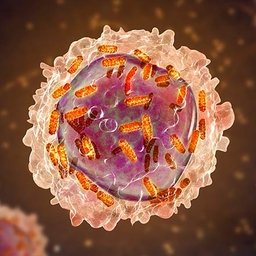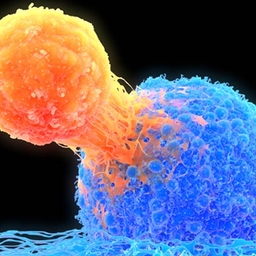Children’s Hospital of Philadelphia Researchers Develop Automated Tool for Integration and Analysis of Electronic Medical Record Data for Complex Rare Disease Patients
Dec 12, 2024
MMFP-Tableau offers a readily generalizable solution to make research and clinical electronic health system data more accessible and impactful.


